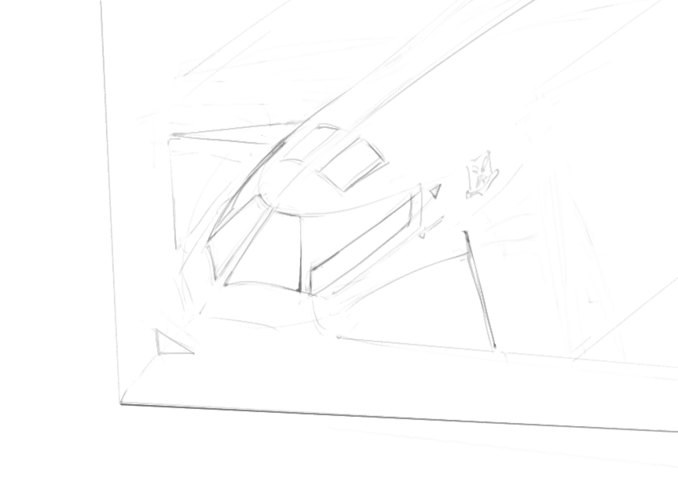- Joined
- 11 February 2007
- Messages
- 2,530
- Reaction score
- 4,284
Flight on the new rendering:

 www.flightglobal.com
They seem to think it means four windows, I think they're misinterpreting the shape of the forward window, which doesn't look remotely triangular to me given the four visible sides. IMO it's compatible with a wraparound front screen.
www.flightglobal.com
They seem to think it means four windows, I think they're misinterpreting the shape of the forward window, which doesn't look remotely triangular to me given the four visible sides. IMO it's compatible with a wraparound front screen.
"“As with past renderings, this rendering is an artist’s interpretation of the B-21 design,” the USAF said on 6 July. The shape and configuration of the B-21 is highly sensitive as it influences the aircraft’s radar cross section.
This most-recent artist rendering differs from the second rendering, released in early 2020, in that the B-21’s cockpit windows are shown to be divided into multiple pieces: a triangle-shaped forward window and a diagonal parallelogram side window. The rendering only shows one side of the aircraft, but presumably the layout is the same on the opposite side, meaning the cockpit is made of four window pieces"

US Air Force releases rendering of B-21 Raider stealth bomber with unusual windows
The US Air Force (USAF) has released a new rendering of the Northrop Grumman B-21 Raider stealth bomber, showing an unusual window layout.
"“As with past renderings, this rendering is an artist’s interpretation of the B-21 design,” the USAF said on 6 July. The shape and configuration of the B-21 is highly sensitive as it influences the aircraft’s radar cross section.
This most-recent artist rendering differs from the second rendering, released in early 2020, in that the B-21’s cockpit windows are shown to be divided into multiple pieces: a triangle-shaped forward window and a diagonal parallelogram side window. The rendering only shows one side of the aircraft, but presumably the layout is the same on the opposite side, meaning the cockpit is made of four window pieces"







